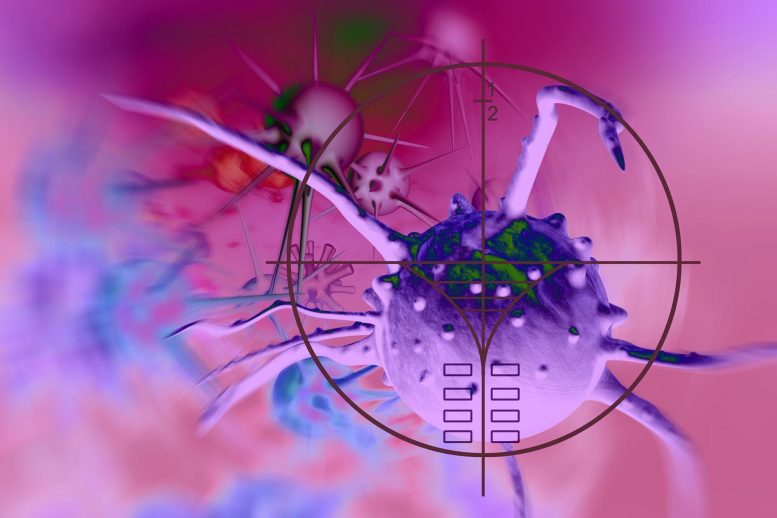
New biotechnology combines targeted and immune therapies to kill treatment-resistant cancer cells.
Targeted therapies specifically attach to and inhibit cancer-causing proteins, but cancer cells can swiftly evolve to counter their action. Immunotherapies, a second drug class, harnesses the immune system to attack cancer cells. However, these agents often cannot “see” the disease-causing changes happening inside cancer cells, which appear normal from the outside.
Now, a new study describes a strategy to overcome these limitations based on several insights. The research was led by scientists from the Perlmutter Cancer Center at NYU Langone Health.
First, the investigation team recognized that certain targeted drugs called “covalent inhibitors” form stable attachments with the disease-related proteins they target inside cancer cells. They also knew that once inside cells, proteins are naturally broken down and presented as small pieces (peptides) on cell surfaces by major histocompatibility complex (MHC) molecules. Once bound to MHC, peptides are recognized as foreign by the immune “surveillance” system if they are sufficiently different from the body’s naturally occurring proteins.
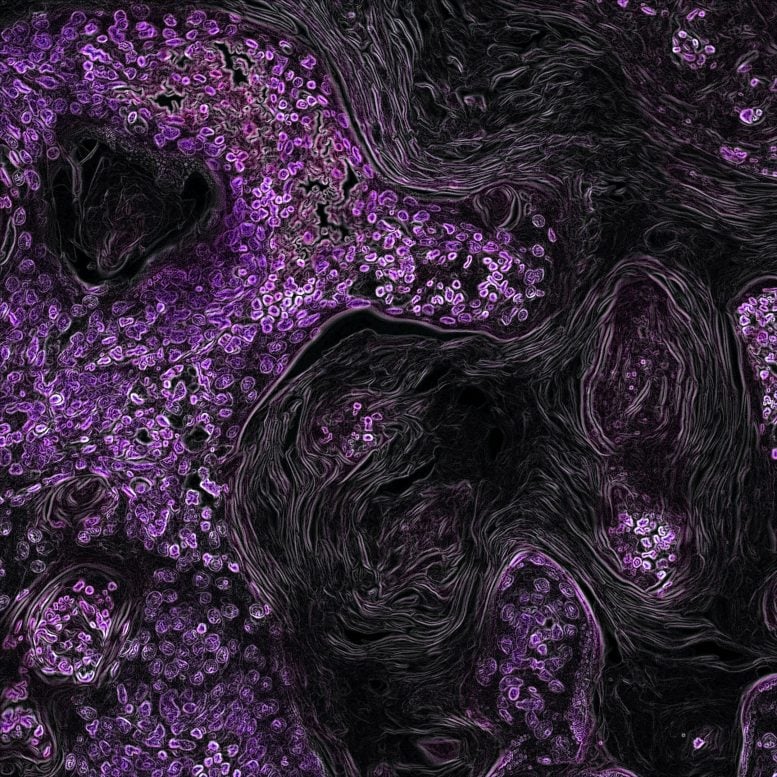
Mutated KRAS-driven lung cancer cells (purple) in a genetically engineered mouse model of lung cancer. Credit: NCI/University of Utah
Although tumor cells usually develop ways to escape immune surveillance, the researchers reasoned that a cancer-related peptide target tightly bound to its covalent inhibitor could act as an MHC-displayed “flag” that could be recognized by immune proteins called antibodies. The team then engineered such antibodies and joined them with another antibody known to “recruit” T lymphocytes, the “killer cells” of the immune system, to form “bi-specific” antibodies that destroyed tumor cells.
“Even when genetic and other changes frustrate targeted therapies, they often still attach to their target proteins in cancer cells, and this attachment can be used to label those cells for immunotherapy attack,” says co-corresponding study author Shohei Koide, PhD. “Further, our system, conceptually, has the potential to increase the efficacy of any cancer drug when attached to the drug’s disease-related target where the combination can be displayed by MHCs.” Koide is a professor in the Department of Biochemistry and Molecular Pharmacology and a member of Perlmutter Cancer Center at NYU Langone
The first KRAS-blocking drug, called sotorasib (Lumakras), was granted accelerated approval by the FDA on May 28, 2021. Under the approval, sotorasib can be used to treat people with non-small cell lung cancer (NSCLC) that has spread nearby (locally advanced) or to distant locations (metastatic) in the body
Published online today (October 17) in Cancer Discovery, a journal of the American Association for Cancer Research, the new study tested the researchers’ approach on two FDA-approved, targeted drugs, sotorasib, and osimertinib. Recently approved based on a study co-led by NYU Langone researchers, sotorasib works by attaching to an altered form of the protein KRAS called p.G12C, in which a glycine building block has been mistakenly replaced by a cysteine in its structure. This change causes the KRAS protein switch to become “stuck in the on mode” and signal for abnormal growth. Sotarasib effectively blocks this activated signal to start, but cancer cells rapidly become resistant.
In experiments with KRAS mutant cancer cells grown in a dish (cell cultures), the team’s HapImmuneTM antibodies recognized, recruited T cells, and led to the killing of treatment-resistant lung cancer cells, in which sotorasib attached to its target, KRAS p.G12C, and was displayed by MHCs. The team also developed bi-specific antibodies that bound to a peptide “flagged” with osimertinib, a drug that targets an altered form of epithelial growth factor receptor seen in other lung cancers, as well as prototypes that “saw” the drug ibrutinib when linked to its target, BTK, showing the technology’s “broad potential,” the researchers say.
Harnessing Display
The study revolved around the process where proteins inside human cells are broken down and replaced as a part of the normal lifecycle. Alongside this turnover runs an inspection system, in which protein fragments are delivered to a cell’s surface. T cells inspect these displayed complexes, and can notice, for instance, when a cell is displaying viral proteins, a sign that the cell is infected with a virus. The T cells then direct the killing of the virally infected cells.
On December 18, 2020, the FDA approved osimertinib (TAGRISSO) for adjuvant therapy after tumor resection in patients with non-small cell lung cancer (NSCLC) whose tumors have epidermal growth factor receptor (EGFR) exon 19 deletions or exon 21 L858R mutations.
The immune system can in some cases also recognize cells with cancerous changes underway inside by the proteins they display on their surfaces. However, because cancer-driving proteins arise from normal proteins, with differences between cancerous and normal fragments often minute, the system struggles to tell them apart. Even when patients develop T cells that can see these small differences, tumors respond with mechanisms designed to “exhaust” anti-tumor cells. In seeking to counter these mechanisms, the team’s central realization was that, among the proteins displayed by MHCs are fragments carrying drugs taken in by cells, which could be targeted by antibodies.
The current study also found that the team’s platform was effective against KRAS p.G12C mutant cells with different MHC types, also called human leukocyte antigen (HLA) supertypes. Usually, there is a strict pairing between MHC/HLA types and antibodies built to interact with certain T cells, which could potentially restrict the number of patients that could treated by this approach. The new study showed that the team’s antibodies recognize multiple MHC/HLA types, and so, in principle, could be deployed in 40–50 percent of the US patient population with tumors bearing KRAS p.G12C.
“Our results further show that the antibodies attach to drug molecules only when presented by MHCs on cells, and so could be used in combination with a drug,” says study co-corresponding author Benjamin G. Neel, MD, PhD, director of NYU Langone Health’s Perlmutter Cancer Center. “When used in combination with such antibodies, a given drug would only need to flag cancer cells, not fully inhibit them. This creates the possibility of using drugs at lower doses, potentially, for reducing the toxicity sometimes seen with covalent inhibitors.”
Moving forward, the research team plans to study their platform in live animal models, and using more pairs of drugs and the disease-related protein fragments they target.
Reference: “Creating MHC-restricted neoantigens with covalent inhibitors that can be targeted by immune therapy” by Takamitsu Hattori, Lorenzo Maso, Kiyomi Y. Araki, Akiko Koide, James Hayman, Padma Akkapeddi, Injin Bang, Benjamin G. Neel and Shohei Koide, 17 October 2022, Cancer Discovery.
DOI: 10.1158/2159-8290.CD-22-1074
Along with Koide and Neel, the study was led by first authors Takamitsu Hattori and Lorenzo Maso of Perlmutter Cancer Center, as well by Kiyomi Araki, Akiko Koide, James Hayman, Padma Akkapeddi, and Injin Bang. The work was supported by National Institutes of Health grants R21 CA246457, R21 CA267362, R01 CA248896, as well as by Perlmutter Cancer Center Support grant P30CA016087.
Hattori, Maso, S. Koide, A. Koide, and Neel are listed as inventors of pending patents related to the study. NYU has entered into a research and option agreement with ATP Research and Development to develop these inventions and potentially to form a start-up company, with Neel and S. Koide as co-founders, to license and commercialize them. Neel holds equity in Northern Biologics, LTD, Navire Pharma; and Lighthouse Therapeutics, and holds equity and receives consulting fees from Arvinas, Inc., Recursion Pharma, and GLG group. He also receives research funding from Repare Therapeutics. S.Koide is a co-founder and holds equity in Revalia Bio; and receives research funding from Puretech Health, Argenx BVBA, and Black Diamond Therapeutics. These relationships are managed in keeping with the policies of NYU Langone.

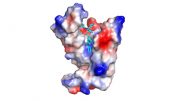
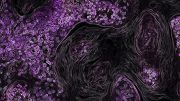


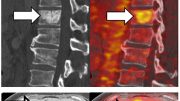
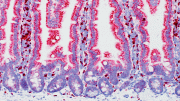
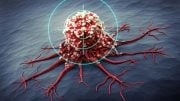
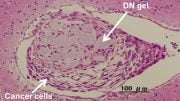
k;;